Maximizing Curb Appeal: How Quality Fencing Can Boost Your Home’s Value
Curb appeal is pivotal in the real estate market, significantly impacting a property’s perceived value and attractiveness. Among the various elements that contribute to curb appeal, quality fencing stands out as both a functional and aesthetic asset. This document explores the multifaceted benefits of fencing, demonstrating how it can enhance curb appeal and, by extension, increase a home’s market value. Through a detailed examination of fencing types, their impact on home value, and associated considerations, we will uncover the strategic importance of fencing in real estate valuation.
The Importance of Curb Appeal
Curb appeal refers to the overall attractiveness of a property as viewed from the street, encompassing the exterior of the house, landscaping, and outdoor features, including fencing. The first impression made by curb appeal can significantly influence a buyer’s decision-making process, often determining their interest level in a property before stepping inside. Enhancing curb appeal is not just about beautification; it’s a strategic investment in the property’s marketability and value. A well-maintained and visually appealing exterior suggests a cared-for interior, potentially leading to higher offers from buyers and a quicker sale.
Types of Fencing and Their Impact on Home Value
Fencing can add to a home’s aesthetic appeal and functionality, influencing its value. Here’s how different types of fencing might impact home value:
- Wood Fencing : Wood fences provide a classic and versatile look that can be tailored to fit various architectural styles. While they require more maintenance than some alternatives, their natural appearance and the warmth they add to a property’s exterior can significantly enhance curb appeal.
- Vinyl Fencing : Known for its durability and low maintenance, vinyl fencing can mimic the look of wood without the susceptibility to weather damage. Its longevity and ease of care make it an attractive option for potential buyers, potentially increasing a property’s market value.
- Composite Fencing : Composite materials, blending wood fibers with plastic, offer a modern, eco-friendly fencing option. They combine the best of both worlds: the natural look of wood with the durability and low maintenance of synthetic materials. This type of fencing can appeal to environmentally conscious buyers, potentially increasing the home’s value.
Privacy, Security, and Regulatory Considerations
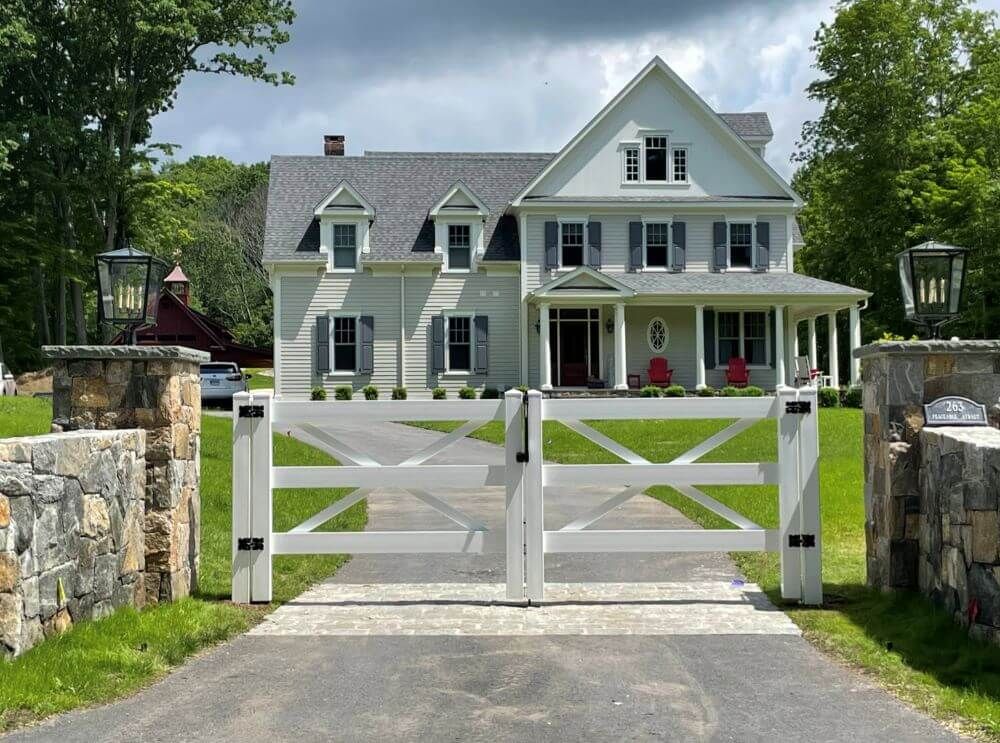
Beyond aesthetics, fencing serves crucial practical purposes, such as providing privacy and security, which can directly influence a buyer’s perception of value. A well-designed fence can create a private outdoor sanctuary for homeowners, shielding them from the outside world and offering a secure perimeter that protects children and pets. However, homeowners must balance their desires for privacy and security with regulatory considerations, including local zoning laws and homeowners’ association (HOA) guidelines. Compliance with these regulations is essential to avoid legal issues and ensure the fence contributes positively to the property’s value.
The Environmental and Longevity Factors
Sustainable Materials and Practices
Choosing eco-friendly materials for fencing not only supports environmental sustainability but also appeals to a growing demographic of eco-conscious buyers. Materials such as bamboo, recycled plastic, or sustainably sourced wood are popular options that minimize environmental impact. Additionally, these materials often come with the added benefit of durability, resisting decay and pests, which contributes to the longevity of the fence.
Climate-Resistant Options
Selecting materials that can withstand local weather conditions is crucial. For example, vinyl fencing offers excellent resistance to moisture and decay in humid or rainy climates, while metal options like aluminum or wrought iron are preferable in areas prone to rust because of their resistance to corrosion. The longevity of a fence directly impacts the property’s value by reducing the need for frequent repairs or replacement.
Energy Efficiency and Environmental Impact
Fencing can also play a role in energy efficiency, for instance, by providing windbreaks that reduce heating costs. The positioning and height of a fence can contribute to a home’s energy efficiency, making this an important consideration in fence planning and design.
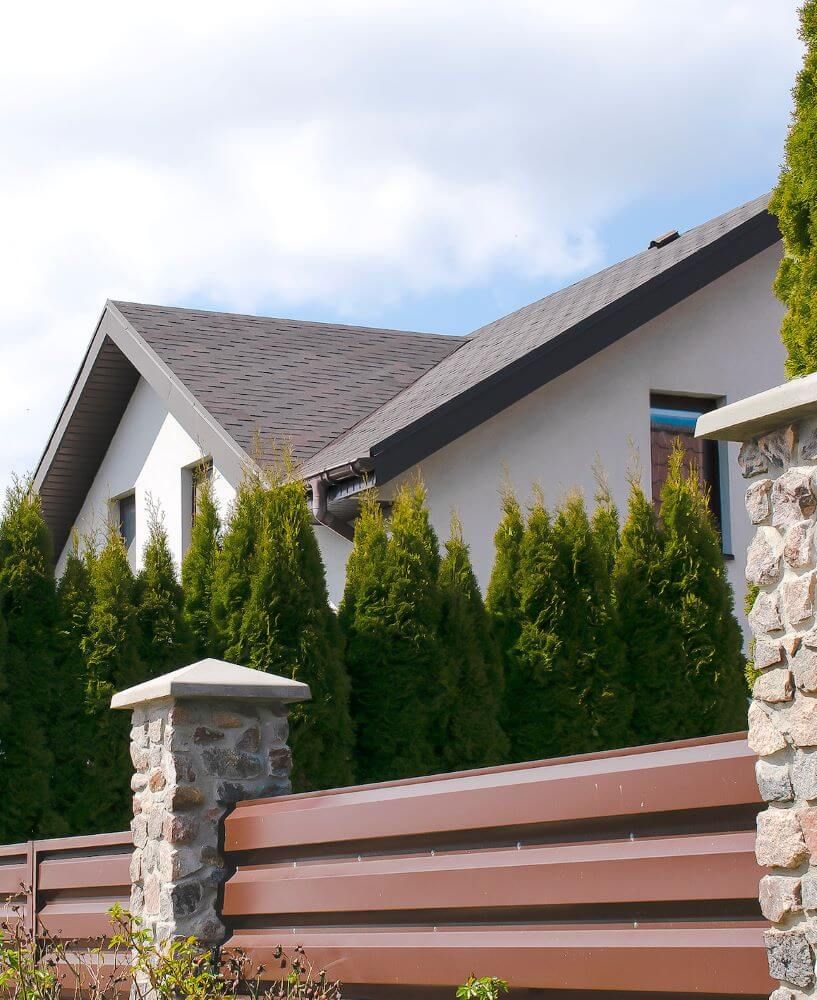
Maximizing ROI with Quality Fencing
Maximizing the return on investment (ROI) for home improvements is a key strategy for homeowners looking to increase their property’s value. Among various upgrades, quality fencing stands out as an effective way to boost a home’s curb appeal and, consequently, its overall value. In this section, we’ll explore how investing in quality fencing can significantly impact your property’s attractiveness and marketability.
Aesthetic Enhancement
A high-quality fence serves as a frame for your property, highlighting its best features while providing a sense of security and privacy. It can complement the architectural style of your home, creating a cohesive and attractive exterior appearance. Whether it’s a classic wooden fence for a traditional home or a sleek, modern design for a contemporary property, the right fence can elevate the look of your home.
Security and Privacy
Fencing is not just about looks; it also adds functional value by enhancing security and privacy. A solid, well-constructed fence can deter intruders and provide a safe space for families, particularly those with children and pets. This added security feature is a significant selling point for potential buyers, contributing to the overall value of your home.
Market Appeal
In a competitive real estate market, homes with high curb appeal tend to sell faster and for higher prices. Quality fencing can make your property more appealing to a broader range of buyers, increasing the likelihood of a quick sale. It’s a visible indication of the homeowner’s attention to detail and care for the property, traits highly valued by buyers.
Longevity and Low Maintenance
Investing in high-quality materials and professional installation can ensure that your fence withstands the test of time with minimal maintenance. Durable materials like vinyl, aluminum, or treated wood can resist weathering, pests, and decay, maintaining their appearance and functionality for years. The longevity and low maintenance requirements of quality fencing can be a strong selling point, further enhancing your home’s value.
Maintenance Tips to Preserve Fence Quality and Aesthetics
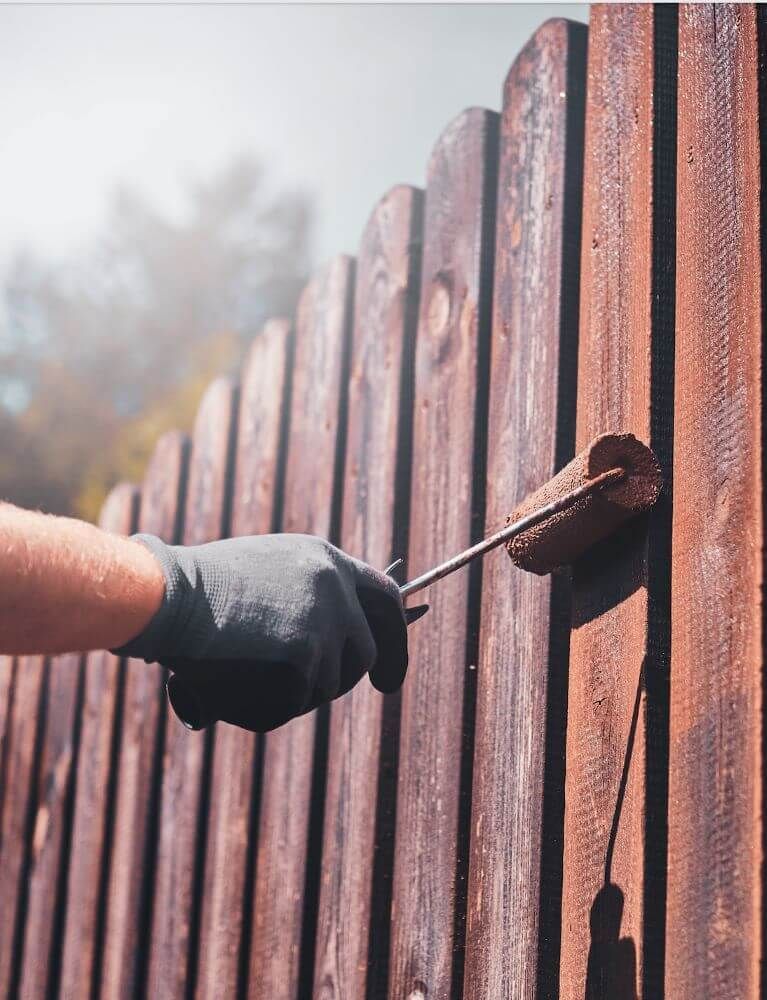
Regular Cleaning and Inspection
Routine cleaning and inspection can prevent minor issues from becoming major problems, extending the life of the fence. For wood fences, this might include staining or sealing to prevent weather damage, while metal fences may require rust removal and repainting.
Prompt Repairs and Upkeep
Addressing damage promptly is crucial to maintaining the integrity and appearance of the fence. Replacing broken boards, fixing loose hinges, and ensuring the fence remains upright and secure can prevent more extensive damage over time.
Seasonal Maintenance
Seasonal maintenance, such as clearing debris after storms or applying protective coatings before winter, can help preserve the fence’s quality and appearance. This proactive approach not only extends the lifespan of the fence but also ensures it continues to enhance the property’s curb appeal.
Quality fencing is more than just a boundary for your property; it’s a strategic investment that can significantly enhance your home’s curb appeal and market value. By carefully selecting the right material and style, adhering to local regulations, and maintaining the fence’s condition, homeowners can enjoy the dual benefits of an aesthetically pleasing and functional outdoor space that appeals to potential buyers. As the real estate market continues to evolve, the importance of curb appeal and the value of quality fencing cannot be overstated.
The post Maximizing Curb Appeal: How Quality Fencing Can Boost Your Home’s Value appeared first on Young's Fencing & Landscaping.

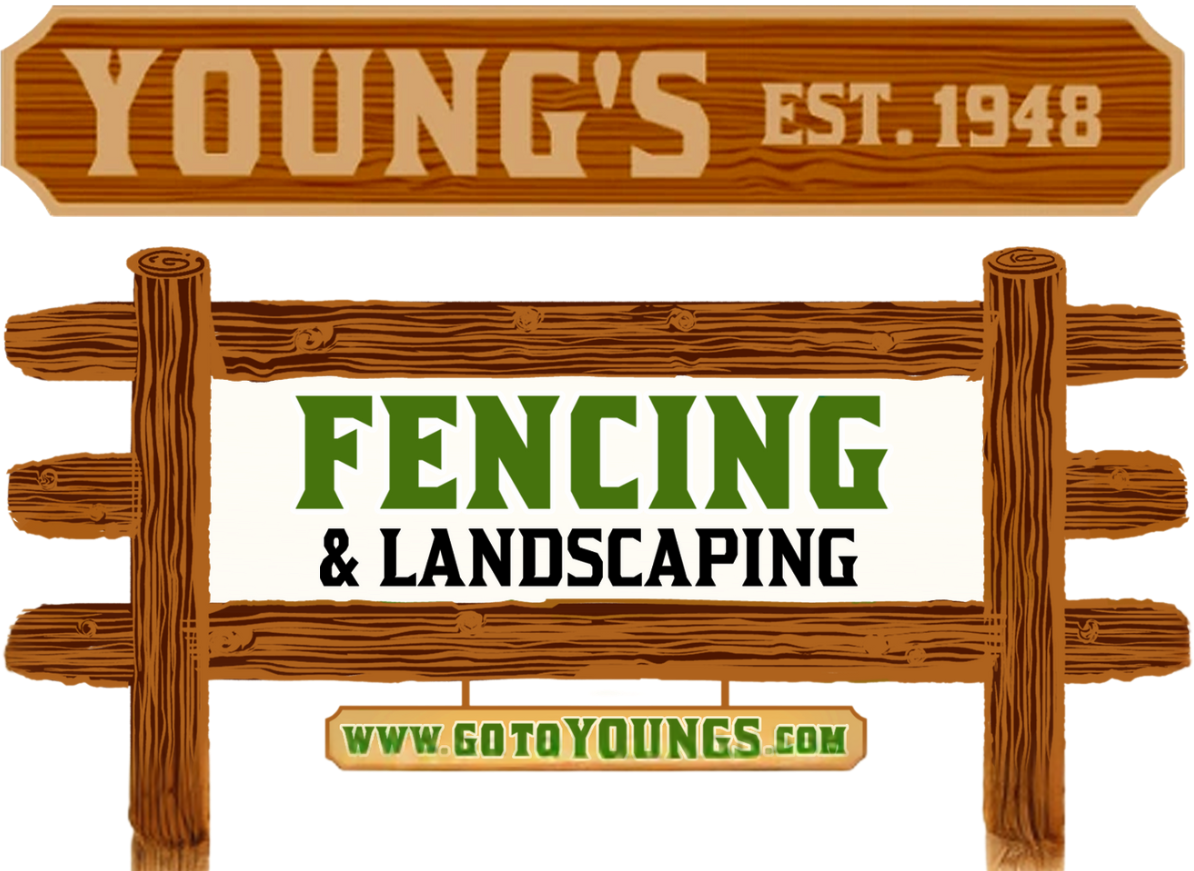

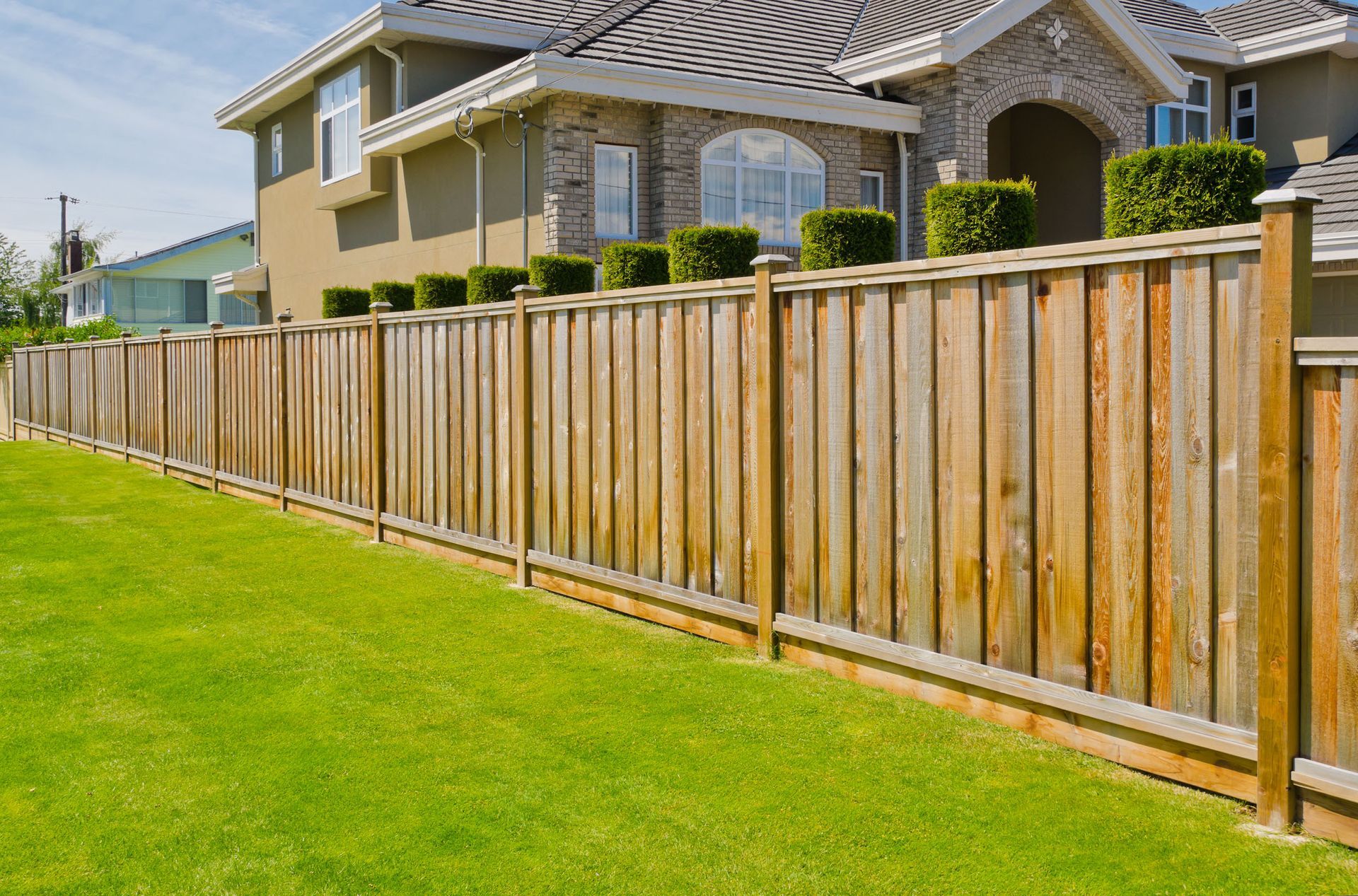
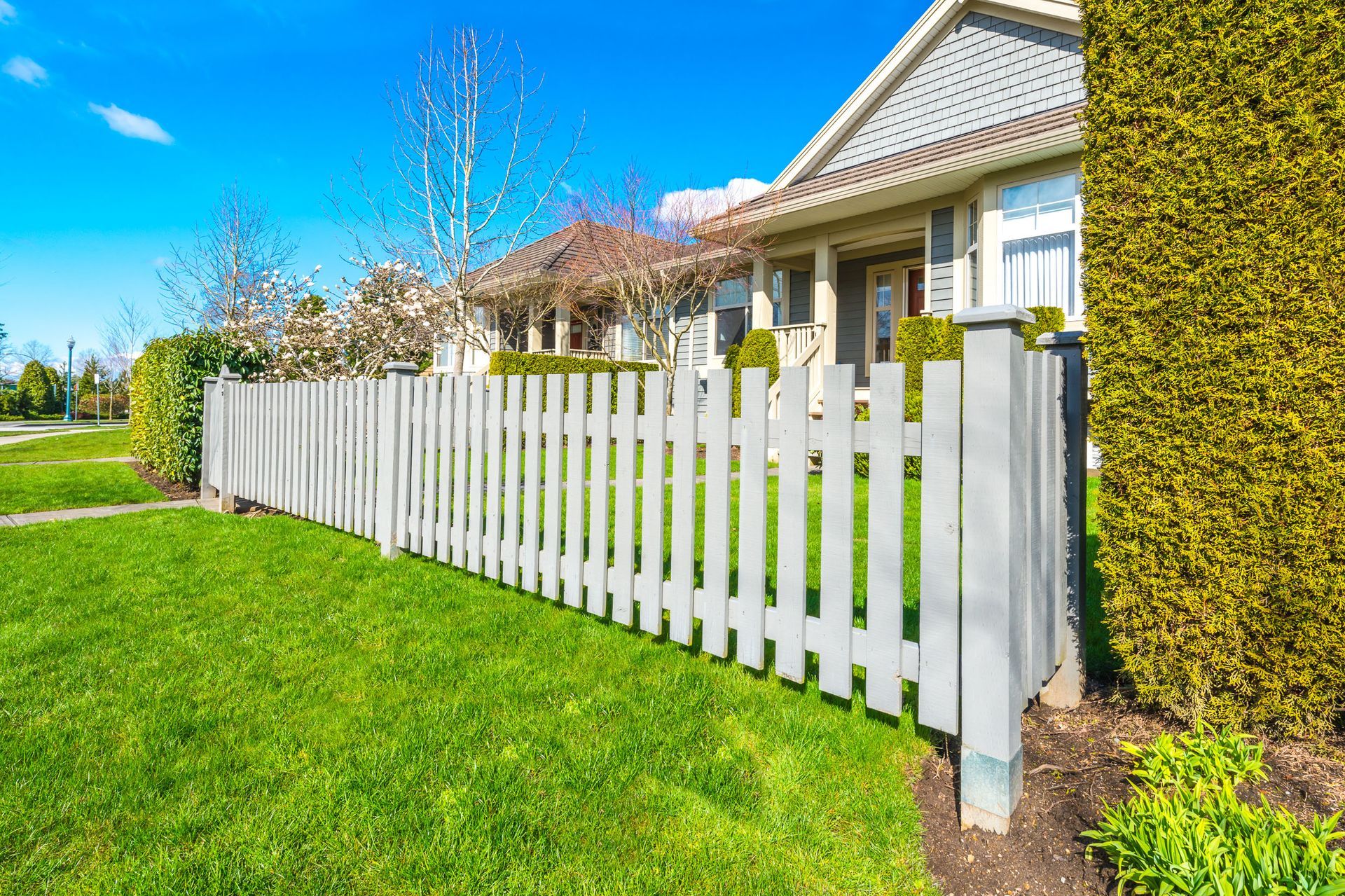
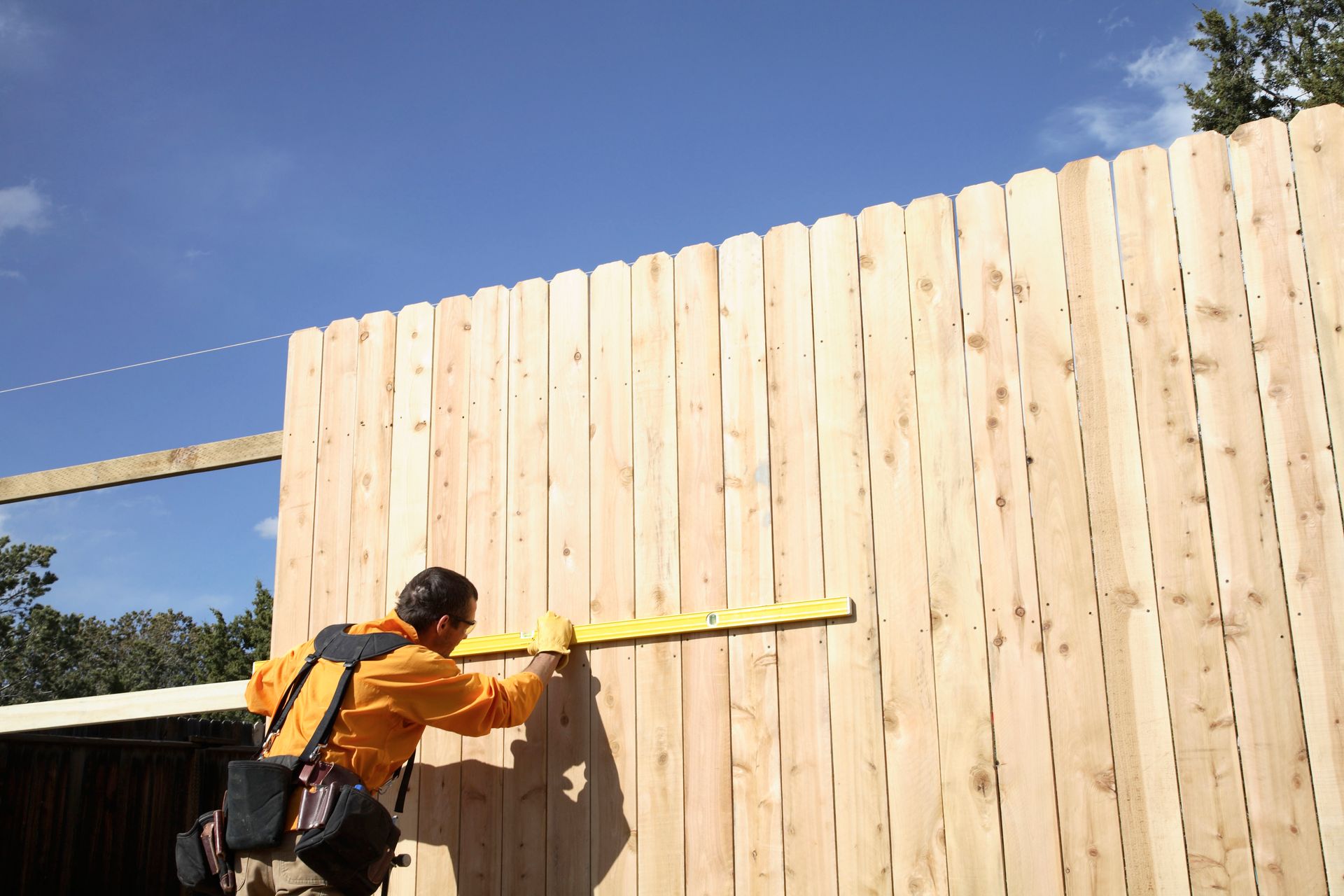
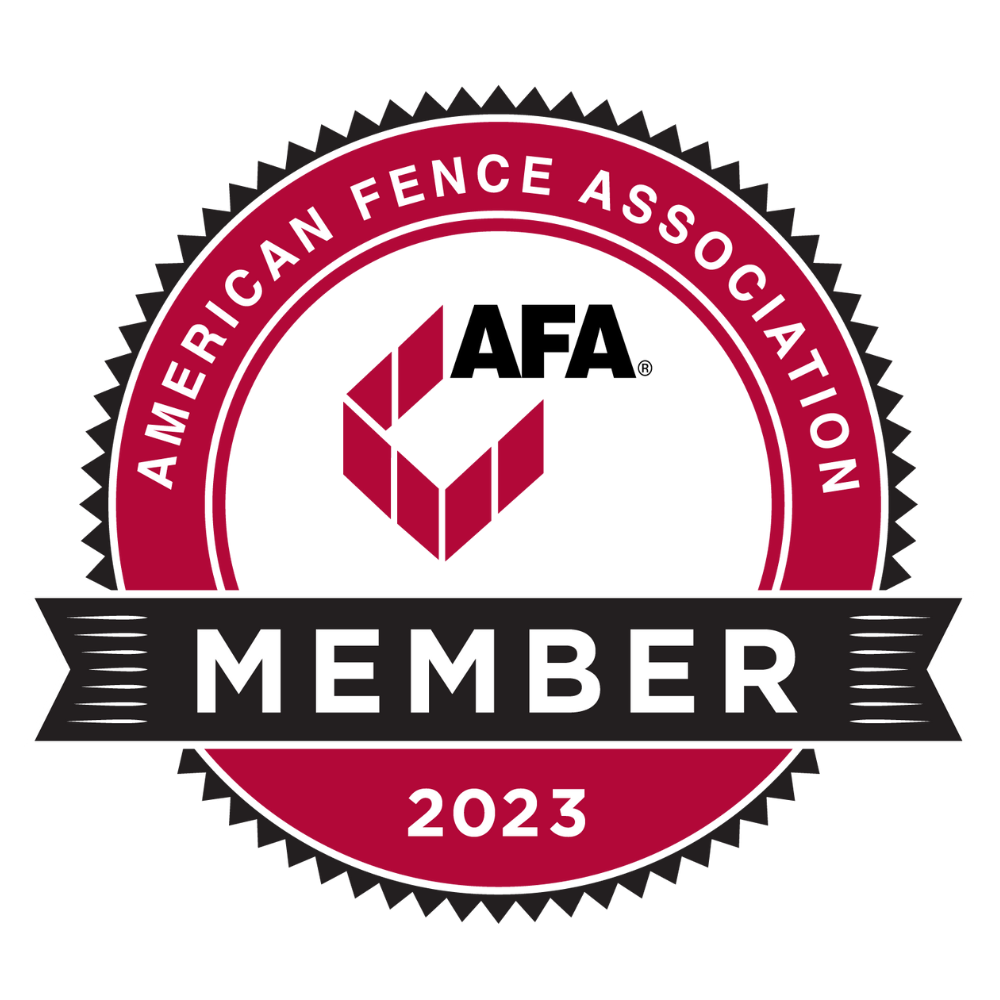

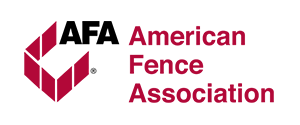
Share On: